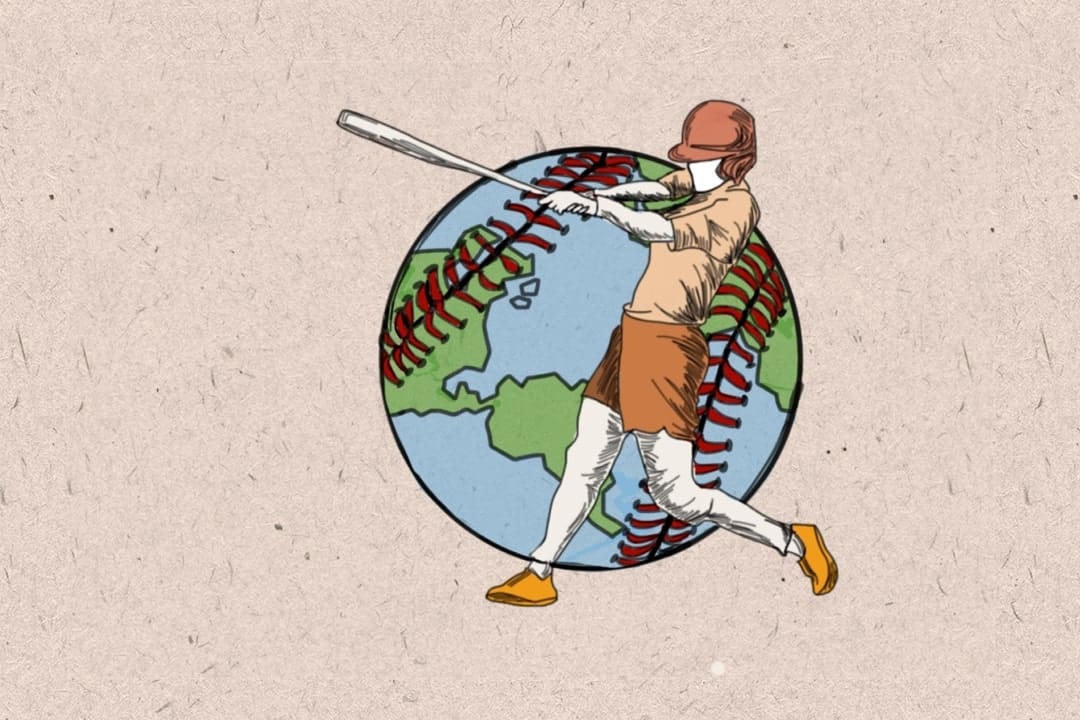For many people, sports are the love of their life. With screaming fans and dedication that knows no bounds for leagues, players, and teams, it’s no wonder the industry is a massive hit. There’s only one problem: we’re often so focused on the high energy and excitement that it blinds us from seeing how the sports industry hurts the environment.
Believe it or not, sports play a role in the climate crisis.
To all those diehard fans out there who might be feeling aghast from this, don’t be. The climate crisis is a serious issue, and to minimize and resolve it, we need all hands on deck.
Pro league footprints
Every year, major sporting events — the Super Bowl, the Winter and Summer Olympic Games, and the FIFA World Cup, just to name a few — attract people worldwide. But what are the lasting consequences of these events? Substantial carbon footprints are left behind from the increased transportation, large amounts of trash produced, energy required to operate these events, and growth in food production.
Take the NHL, for example, a major hockey league that has countless sporting events. According to Allen Hershkowitz, who is currently on the Board of Directors at Sport & Sustainability International, the NHL’s annual greenhouse gas emissions from all the games, business activities, and league operations estimate to be about 530,000 tonnes annually.
Compared to a single coal power plant’s emissions per year, which can be around 23 million tonnes, the NHL’s emissions may seem relatively low. However, this is an alarming calculation, so the NHL tracks its emissions in order to become more environmentally sustainable.
Hidden emissions
It doesn’t just stop here — there’s more. Some sports, like motorsports, generate carbon footprints that we can see from a mile away by emitting greenhouse gases.
Motor racing uses fossil fuels that contribute to the climate crisis. Yet, it’s not only the racing that hurts the environment; it’s also the manufacturing process.
These vehicles require testing, labour, and resources such as energy and raw materials. Combine this with racing and you get carbon emissions everywhere. Luckily, adjustments are in the making to lower the carbon footprint to zero by 2030. Formula One is beginning to create and implement electric vehicles for a new racing series — Formula E — and use hybrid engines and biofuel. However, it could be a decades-long process to make an electric car that can compete with a Formula 1 car.
Unlike motorsports, other sports such as skiing and golf quietly affect the environment. Their effects are not as obvious as motor racing’s, where the sport clearly is a factor in the climate crisis.
However, skiing and golf are harmful to the environment even though people don’t often realize it. More specifically, it’s the golf courses and skiing slopes that are detrimental, taking up large areas of former ecosystems and natural terrains.
The environmental cost of recreational sport
But climate impacts aren’t reserved for pro leagues. Sports resorts are the enemies of the environment, especially ski resorts. From getting rid of plants and trees to disrupting the wildlife, ski resorts are the epitome of failing to protect nature.
To all the environmentalists out there reading this, don’t despair just yet. There’s some good news: we’re seeing ski resorts working to reduce the negative impacts they cause to our ecosystems. For example, Ontario’s popular ski resort, Blue Mountain, is dedicated to being environmentally conscious.
Blue Mountain is continuously improving its relationship with its neighbouring natural landscapes, from having community clean-ups to managing waste and water supply to maintaining sustainable slopes. On top of that, in Ontario, Blue Mountain is the only ski resort to support the Sustainable Slopes charter since 2000.
That’s only one resort, so what about the others in Ontario and in the world that aren’t environmentally aware yet — the ones that put financial gain over the environment? We can say that these resorts are absolutely contributors to why the Earth’s health is declining and why the climate crisis is occurring.
It’s not only professional sports and organizations that should be doing something about mitigating the climate crisis. Even with the sports industry beginning to become more environmentally aware, there needs to be faster eco-friendly action taken right now as the climate crisis impacts and will impact everyone.
We, the fans, also need to help create a greener sports industry — even the simplest actions like reducing, reusing, and recycling will make a difference. Sports are dependent on a healthy planet, but with this ongoing climate crisis, how on Earth are sports going to exist?


